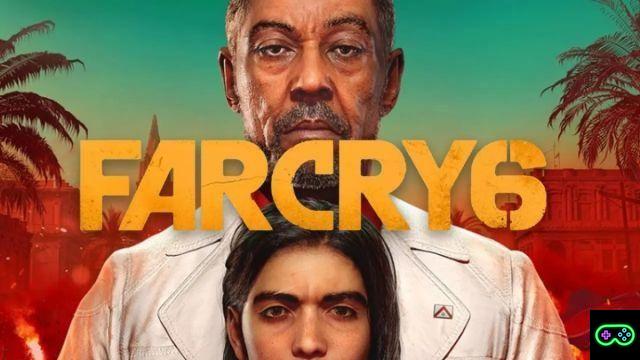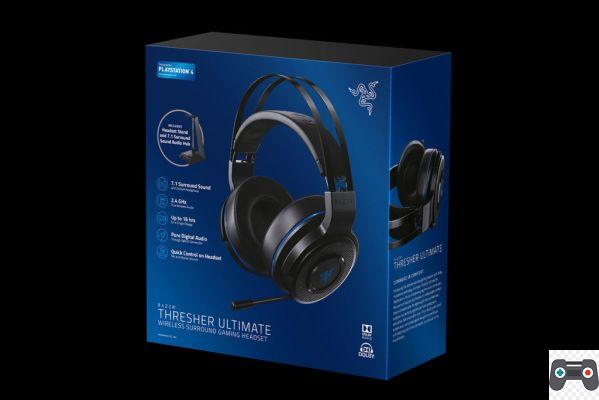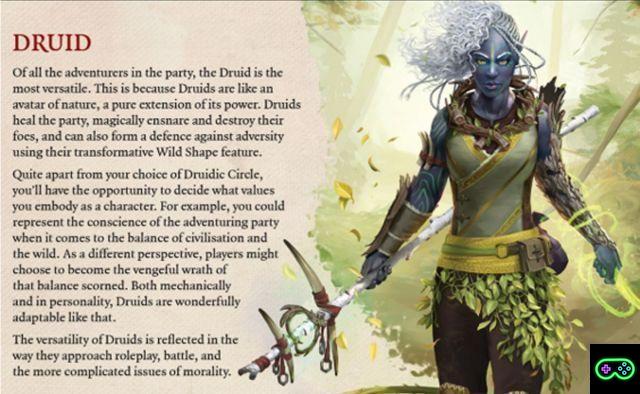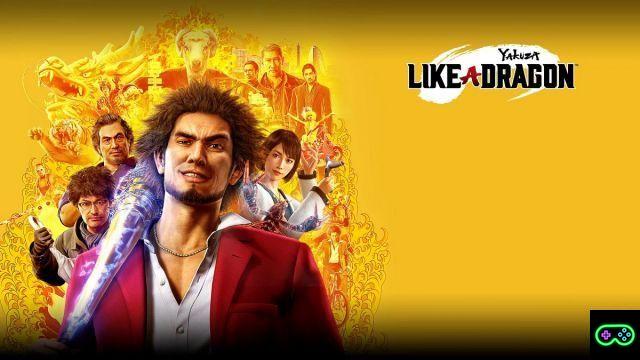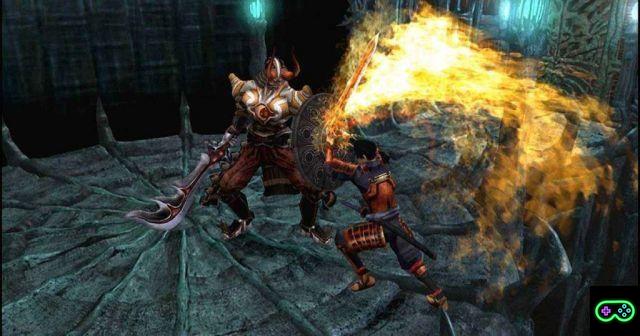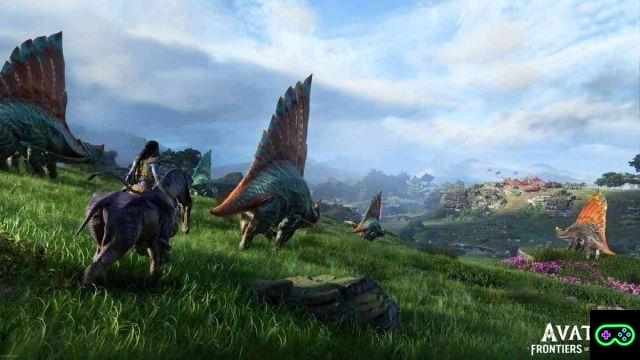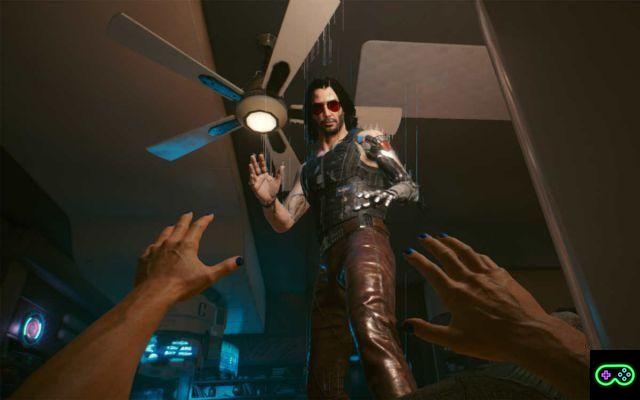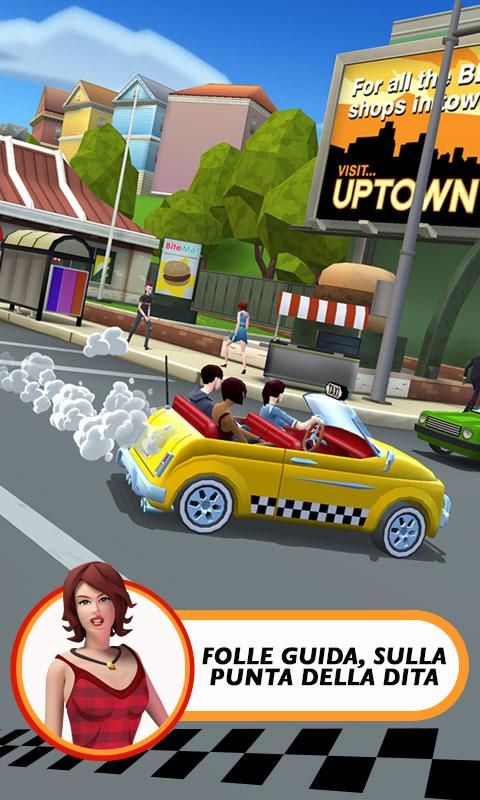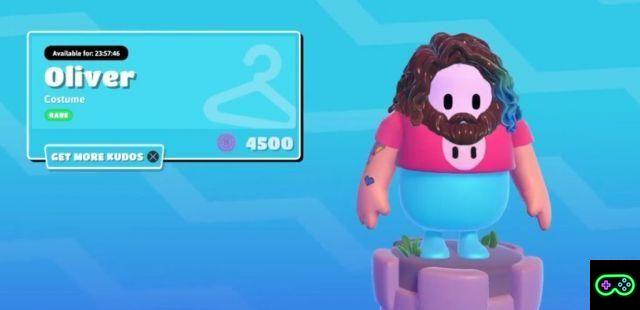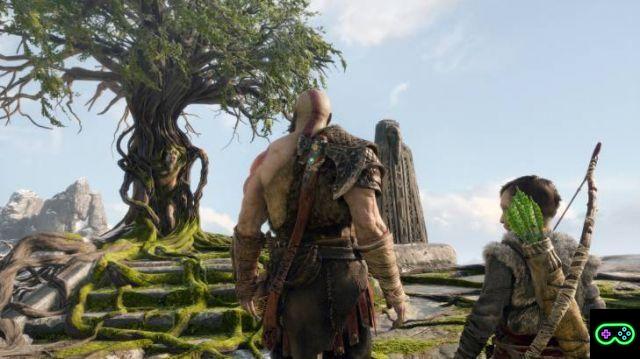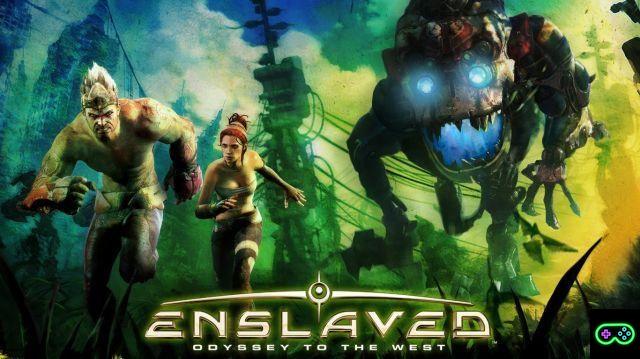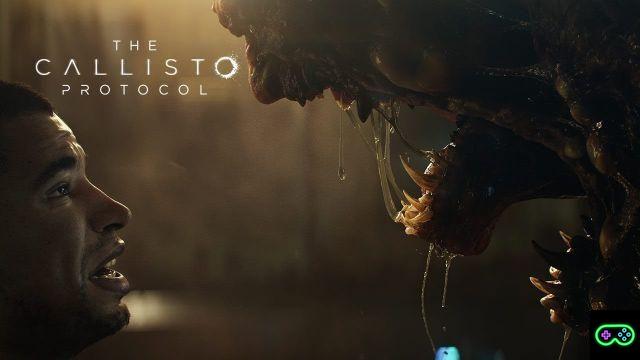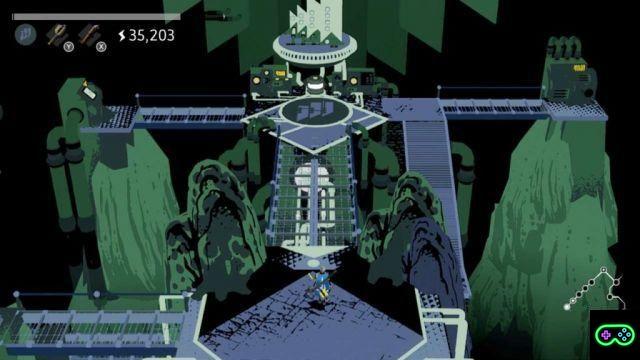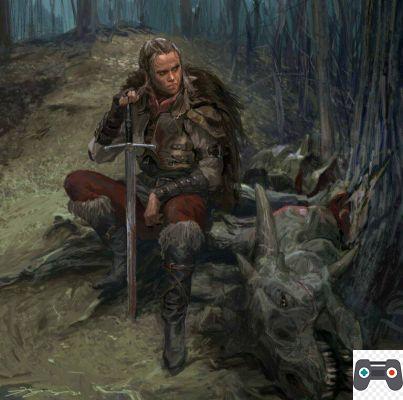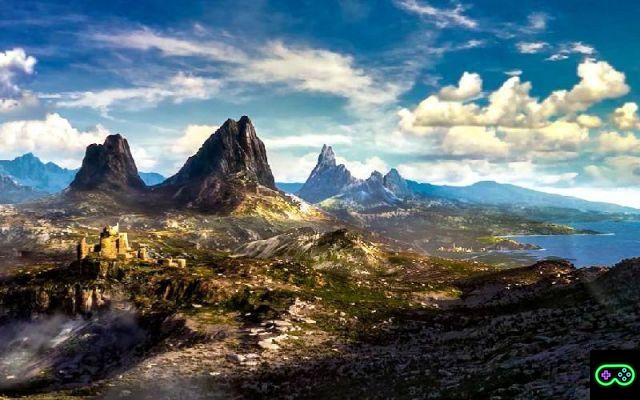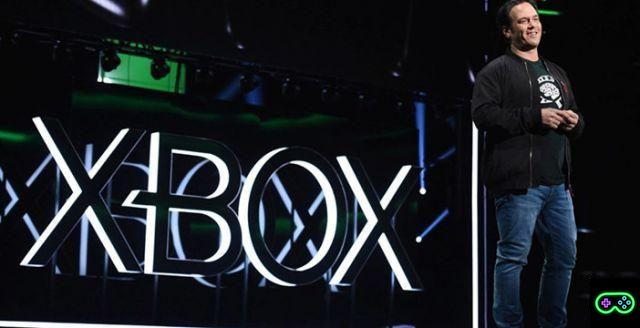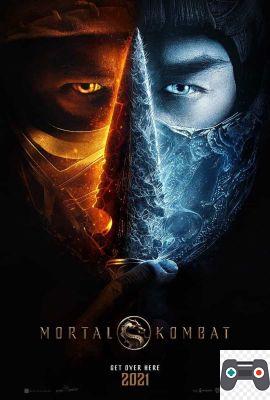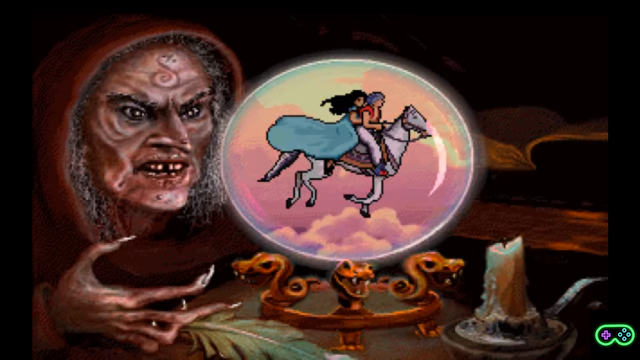Seventeen years ago a video game saga was born which, nowadays, is very often among the high ranks of those who invoice wanting to joke about it.
Before becoming the kingdom of outposts to be released, secondary challenges to be completed and baddies to incense on social media and then forget them not too long after, Far Cry was a really weird creature.
A video game that drew a lot from B-series trash with soldiers mutated so much from the noblest shooters with tactical ambitions of the time.
Let's see the genesis of the brand together, starting from the first and mistreated chapter which on this day ends up turning seventeen years old.
Once upon a time there was a distant cry
In 1999 the brothers cevat, two German Turkish programmers decide to found a software house called Crytek, starting immediately to work on a graphics engine called cryENGINE.
The first godson of this graphics engine was a tech demo, linked to a video game called X-Isle: Dinosaur Island.
It was the nineties and the world of first-person shooters, still very far from the hyper-profitable glories of the multiplayer only of Call of duty modern warfare.
The territory of the shooters, especially after the earthquake brought by Valve with the first one Half Life, it was still seen as a place where one could also experiment by breaking down the limits that great successes had placed; the adventures of Gordon Freeman they had emphasized how interesting it was for the player to move within a world as immersive as possible, without the cutscenes, uploads and features to which PC gaming of the early nineties had become accustomed.
During the'E3 of 1999 la tech demo di X-Isle: Dinosaur Island caught the attention of Nvidia, then a small (ie large company but absolutely not the colossus of today) manufacturer of video cards. The latter agreed with Crytek to have X-Isle distributed as a tool for benchmarking video cards, so much was the power required to obtain a good result.
These are the early XNUMXs and not even a shadow of Far Cry.
Yes, because, despite what we think today, Far Cry has not always been a brand of the French giant Ubisoft but it was born precisely within the Crytek microcosm like, drum roll, X-Isle: Dinosaur Island.
Before starting work on Far Cry the German company tried to set up Engalus, a first person shooter with some role-playing elements.
After a few demos privately shown to the press and companiesECTS In 2000, Crytek found itself in a stalemate, not knowing what to do with its products.
To unblock the situation came the aforementioned Ubisoft which he decided to produce the company's first game as long as the development followed the technological promises carried forward by X-Isle.
Basically what was a technical demo should have become, in one way or another, a triple A video game.
Tropical islands and big guns
What was the technology that first convinced Nvidia and then Ubisoft?
Il CryENGINE, the graphics engine used for the title, had the incredible ability to render a huge amount of objects on the screen, even at distances usually prohibitive for engines such as Source o iD Tech 2.
The tech demo that Nvidia used to benchmark showed a open game world, very large for the canons of the time, which was openly distanced from the corridors of the spaceships of Quake 2 or to the rooms of half life.
Crytek had the means to make a video game capable of declining theopenworld in open map, offering players huge arenas full of details and possible approaches to the game within the framework of a first person shooter.
Far Cry was released in March 2004 on PC, in an era dominated by first person shooters wedged in a hustle and bustle of wars and corridors.
The title, from the very beginning, was proposed as an alternative to what the market proposed and would have proposed, going to challenge two big hits as Half Life 2 (released in November 2004) e Doom 3 (released in July 2004).
The strengths with which the game was proposed commercially to the public were very clear: a lot of freedom of action and very large maps, in spite of the claustrophic corridors or the narratives to be followed in detail. After passing the former five minutes of play, the player was in front of ahuge tropical island in which a journey from point A to point B was required, using the means that were desired.
In the middle of the forest there were outposts, paths, ravines, cliffs and so on and so forth. Breaking the rules that the first person shooter wanted to be set in a maze to be learned by heart, Crytek decide to to breathe the playful experience offering a semi-realistic approach to the genre, drawing inspiration (probably) from titles such as Hidden & Dangerous to the previously mentioned Operation Flashpoint without carrying its tactical heaviness.
Il gun play it remains arcadeish, with hitscan bullets and some kind of ballistic shot for the gamer eager for sniper rifles. There large game map allows different approaches to various situations and the good variety of weapons and gadgets will do the rest. The gameplay of the title, for the time, was incredibly interesting with great freedom of action and with an absolutely graphic sector superior to the standards of the time, also seen the vastness play areas.
A new way of understanding shooters? Almost
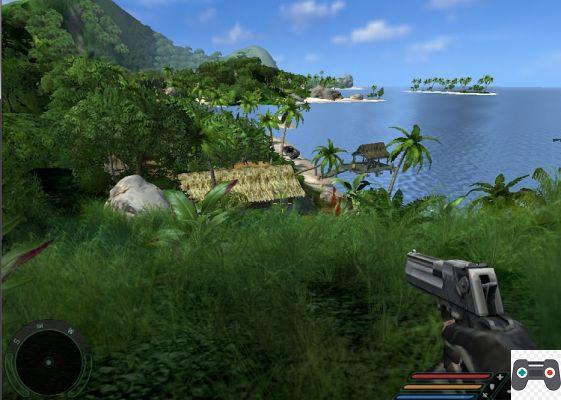
Far Cry 1 also had an interesting upgrade from the first-person shooters of the past.
Given the open nature of game maps, Crytek it couldn't use the same behaviors as artificial intelligence of a Half Life or a Quake 2 and therefore is committed to generating something new.
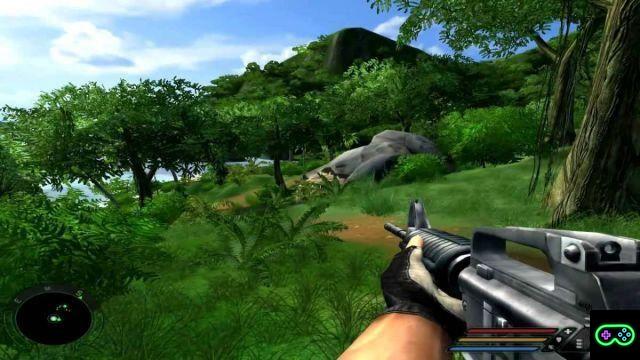
The enemies of Far Cry 1, at least in the first half of the game, they are characterized by quite smart artificial intelligence able to interact with the player in a realistic way for the time, trying to create attack and defense strategies consistent with the setting around them.
This gameplay choice makes the first half of Far Cry 1 an incredibly interesting play experiment, slightly anticipating the success Monolith Software would have a couple of years later with FEAR
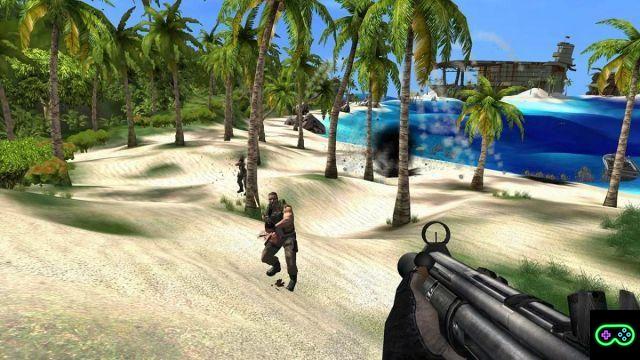
The problem is that Far Cry 1, for the sake of fiction, in its second half it abandons the world of realism to get to that of science fiction.
Terribly mutated human beings peep out more and more often, with strength and resistance well above the average and narrative artifices from the Z series filmaccio.
These new opponents, as if that were not enough, do not particularly use their brains to destroy the open level design that the title had maintained, creating corridors that are difficult to avoid with methods other than aiming with more precision.
The cunning that the player could resort to in the first half of the game became useless, leaving a sad bitterness in the mouth.
Far Cry = CryENGINE
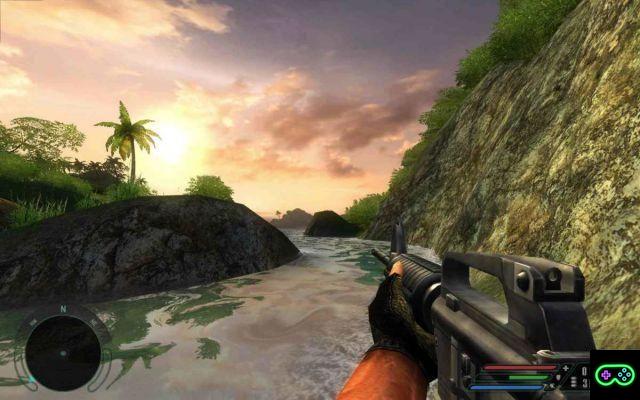
If from a playful point of view Far Cry he carried with him an avalanche of problems not exactly solvable in a couple of patches, the title could boast a graphic impact of the highest order only surpassed by Half Life 2 a couple of months later.
But what Far Cry had in a practically exclusive way was the use of maps of big dimensions, equipped with realistic vegetation with a particularly realistic water yield for the time.
The graphics engine's ability to painstakingly render large maps was similar to that set up by the tactical shooter Operation Flashpoint, the differences were in the details, in how the shrubs, plants, water, grass and all the rest were rendered. The absence of pauses between one area and another of the game map caused a sensation as well as the absence of transitions between external and internal environments, characterized by two different lighting systems.
From a purely graphic point of view Far Cry I used it in an important way pixel shader to obtain high quality effects by the standards of the time. A perfect example is given by the water rendering within the title, practically omnipresent given the tropical setting. The polygonal models of the various characters were very detailed for the time thanks to the use of a particular type of normal mapping called Polybump.
With the arrival of the patch 1.3 the players with the most performing computers could even enjoy a first example of videogame use for HDR, an element that nowadays is one of the pride (which also makes us laugh) of the new generation consoles.
Among the other features particularly appreciated within the world of gamers there was also a great map editor that allowed players to make friends with the graphics engine. The latter was later used to develop Aion: the Tower Of Eternity and the various Far Cry Instincts for consoles.
Ubisoft, together with the publication of Far Cry, purchase the rights to be able to use and modify the cryENGINE at will. This was the genesis of the Dunia Engine which will subsequently give life to the following chapters of Far Cry.
The success of Far Cry will make Ubisoft buy the brand and leave CryTek with the money it needs to improve its graphics engine and aim even higher.
Four years later, two video games will write two very different pages in the history of video games: on the one hand, one of the most genuine and raw play experiences, with a Far Cry 2 between foci and malaria, on the other the victory of the technique on the gameplay with Crysis (which incidentally has exactly the same problem as Far Cry, with half the game smelling like a masterpiece and the second half not exactly enjoyable).
But these are other stories, today we are here to blow seventeen candles a Jack Carver and partners. Happy Birthday.




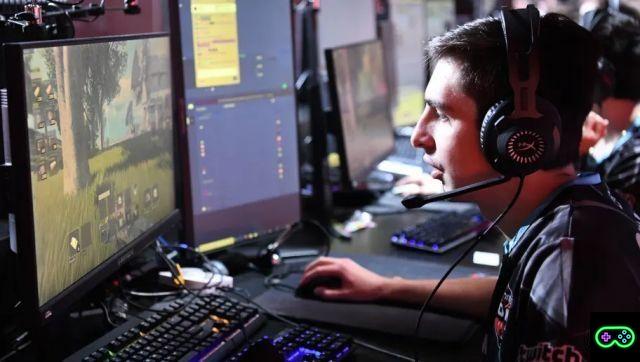
![[The Bear's Lair] God of War: Betrayal and Greek mythology](/images/posts/17432d3b12ecfec44b0b855d20c7520f-0.jpg)
